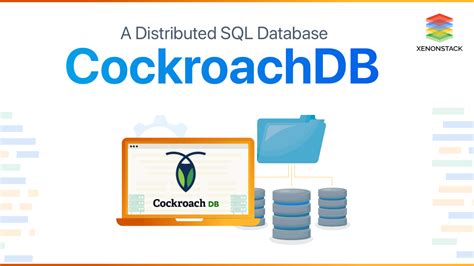CockroachDB represents a significant shift in traditional SQL database paradigms by sidestepping the EvalPlanQual in PostgreSQL’s approach to handling subqueries in modifying statements. By implementing alternative strategies, CockroachDB enhances the scalability and concurrency that newer, distributed SQL databases aim to provide. The absence of EvalPlanQual in CockroachDB’s design underscores an evolution towards simplifying database architectures while tackling the extant scalability limits imbued by traditional single-node databases. Responding in real-time to the exigencies of modern applications requires a robust framework that allows data cohesion and minimized transaction conflicts without sacrificing performance.
Distributed systems like CockroachDB inherently possess advantages in scalability and failure management that traditional single-box systems struggle to match. By decentralizing the database operations, such systems circumvent numerous bottlenecks typical of centralized systems, such as disk or power failures impacting the entire system. Moreover, distributed frameworks can scale horizontally more easily, expanding the system’s capabilities simply by adding more nodes. Thus, modern databases are being designed not just with peak efficiency in mind but with a focus on overall systemic robustness through mean performance metrics—managing resources efficiently across all nodes to maximize aggregate performance rather than optimizing single nodes to their peak.
The shift from EvalPlanQual involves a nuanced understanding of trade-offs in consistency models. CockroachDB, using mechanisms like Raft consensus and distributed transactions, favors a more straightforward approach towards consistency to sidestep the intricate anomalies traditional SQL databases face under high concurrency. This move relates directly to prevalent developer experiences where complexities like serial anomalies or evaluation of query plans in mutable states of the database result in problematic inconsistencies, thus making a case for an architecture that, while robust, remains significantly simpler to debug and optimize.
Regarding the isolation levels and their impact, debates around Read Committed (RC) versus Serializable isolation highlight important considerations. Serializable, the highest level of isolation, prevents all concurrency anomalies but at the cost of performance due to the intensive locking and blocking it necessitates. RC, being less stringent, allows higher throughput and less latency but at the risk of encountering non-serializable anomalies. By integrating a flexible RC implementation, CockroachDB aims to strike a balance—mitigating the most critical anomalies while enhancing performance, thereby accommodating a wider range of application requirements without stringent transaction controls.
The technical dialogue surrounding the inclusion of RC in CockroachDB reveals a broader trend of SQL database optimization—adapting to the requirements of contemporary applications which might not need the stringent guarantees provided by higher isolation levels. This adaptability is critical for applications that prioritize availability and speed over absolute consistency. The preference for RC in environments where applications are resilient to the eventual consistency model underlines a strategic shift towards more adaptable, fault-tolerant database systems that align more closely with the real-time processing needs of modern data-heavy applications.
Furthermore, the discussions around data handling, particularly the utilization of SELECT FOR UPDATE in transactional contexts, signify an incremental yet pivotal optimization in CockroachDB’s concurrency management strategies. By managing locks at a replicated level across the nodes in its distributed system, CockroachDB effectively mitigates potential deadlocks and ensures continuity in transaction processing, especially in multi-writer scenarios. The introduction of these nuanced locking mechanisms within its distributed architecture not only alleviates common transactional bottlenecks but also exemplifies a refined approach to managing contemporary database operations dominantly characterized by high levels of concurrency and voluminous data flows.


Leave a Reply